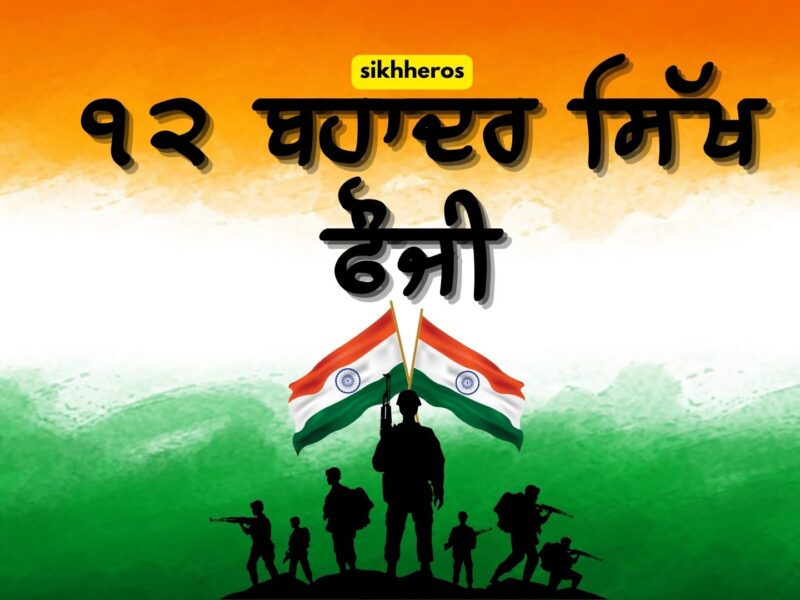“Chitta” is a term commonly used in Punjab, particularly in the context of drug addiction. It refers to a dangerous synthetic drug known as “Chitta” or “Chitta heroin,” which is a mixture of various illicit substances, including heroin, synthetic opioids, and other harmful chemicals. The term “Chitta” has become synonymous with drug abuse in Punjab due to the widespread availability and use of this particular drug. This essay will explore the harmful effects of Chitta on Punjab and its implications for individuals, families, and society. In Palampur and its surrounding regions, the drug problem is becoming worse. The situation has gotten worse due to subpar surveillance by governmental authorities and a lack of understanding of its effects.
Youth in rural regions are increasingly becoming victims of drug usage and suffering its negative effects. Recently, drug overdoses have caused the deaths of about six young people. However, the majority of deaths have likely gone undetected due to societal shame. Punjab’s drug issue extends beyond the normal target group of young people without jobs. It is widespread despite barriers like class, gender, age, and region. It makes sense that the Punjab government just mandated drug testing for all of its employees. Following Capt Amarinder Singh’s election as governor of the state last year, the state administration launched a crackdown on drug traffickers that has resulted in several arrests and clogged supply lines. However, there is no solution to the issue.
Addiction and Dependency
Chitta is highly addictive, and its use can lead to physical and psychological dependency. Continuous use of chitta alters brain chemistry, creating a compulsive need to seek and consume the drug. Individuals who become addicted to chitta face immense challenges in breaking free from its grip, leading to a cycle of dependency and destructive behaviors.
Health Consequences
Chitta abuse has severe health consequences. The drug’s chemical composition, often mixed with harmful substances, poses significant risks to the user’s physical well-being. Intravenous use of chitta can lead to the transmission of bloodborne diseases such as HIV/AIDS and hepatitis. The drug can cause respiratory problems, cardiovascular issues, organ damage, and an increased risk of overdose, potentially resulting in fatal consequences.
Societal Impact
The prevalence of chitta addiction has a detrimental impact on Punjab’s society. Families and communities suffer from the effects of addiction, including strained relationships, financial burdens, and emotional distress. Chitta abuse often leads to criminal activities, as individuals resort to theft, drug peddling, and other illicit means to sustain their addiction. The societal fabric of Punjab is disrupted as the drug epidemic creates a culture of violence, crime, and social instability.
Economic Consequences
The Chitta epidemic has severe economic consequences for Punjab. The productivity and potential of individuals affected by addiction diminish as they are unable to contribute to the workforce and society effectively. The healthcare system bears the burden of treating chitta-related health issues, diverting resources from other areas of public health. Moreover, the increased demand for chitta fuels the drug trade, leading to the diversion of funds away from productive sectors of the economy.
Mental Health Impact
Chitta abuse takes a toll on the mental health of individuals. Prolonged drug use can lead to severe psychological disorders, including anxiety, depression, and psychosis. The mental health implications extend beyond the individual users to their families and loved ones who struggle to cope with the emotional and psychological challenges associated with addiction.
Breakdown of Social Fabric
Chitta’s addiction has resulted in the breakdown of Punjab’s social fabric. Families are torn apart as addiction leads to strained relationships, neglect of responsibilities, and emotional trauma. Communities face the challenge of dealing with increased crime rates, violence, and the erosion of trust and social cohesion. The drug epidemic threatens the traditional values of Punjab and disrupts the close-knit social bonds that once characterized the region.
Stigma and Discrimination
Individuals affected by Chitta addiction often face social stigma and discrimination. This stigma hinders their ability to seek help, access healthcare services, and reintegrate into society. The lack of understanding and empathy exacerbates the challenges faced by individuals and their families, preventing them from receiving the support they need to recover and rebuild their lives.
Speaking to The Tribune, Kangra SP Khushal Sharma stated that when it comes to psychotropic drug use, teenage “chitta” addiction has become a significant burden for the police.
But during the past several months, on the Director General of Police’s suggestion, state authorities have modified their approach to dismantling the organized criminal gang that controls the illicit drug trade. To seize the primary accused’s assets and bank deposits, the police are looking into the origin and final destination of these consignments as well as conducting financial investigations.
Addressing the Chitta epidemic requires a comprehensive approach involving prevention, treatment, rehabilitation, and social support. It is crucial to prioritize education and awareness programs to inform individuals about the dangers of chitta and the resources available for recovery. Strengthening healthcare systems, improving access to addiction treatment services, and implementing effective law enforcement measures to curb drug trafficking are vital steps in combating the harmful effects of Chitta on Punjab. Additionally, fostering a compassionate and supportive environment that promotes inclusion and reduces stigma is essential for empowering individuals affected by addiction to seek help and rebuild their lives.








